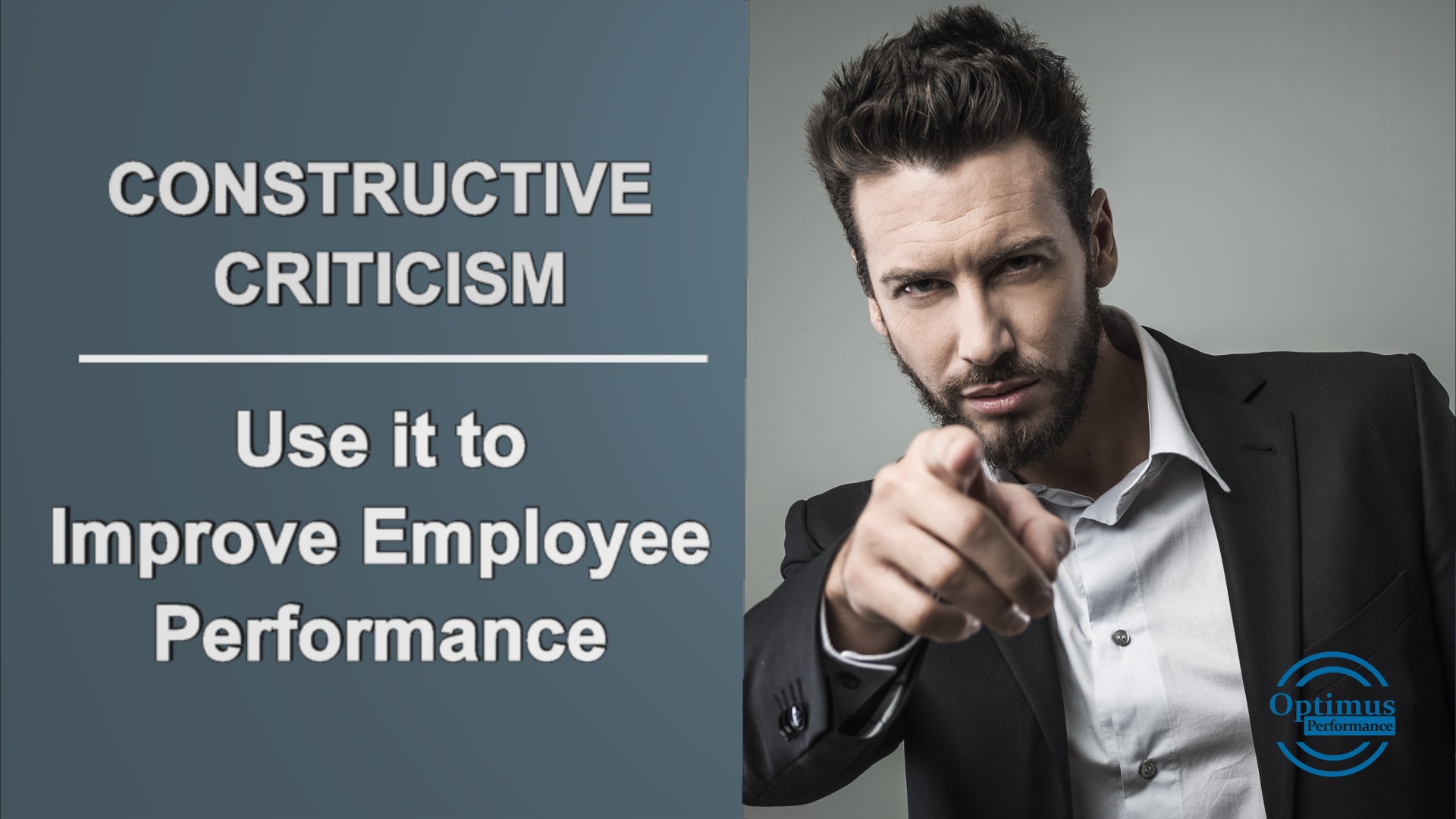Constructive criticism can be a powerful tool for employee training and development. People need to know what they need to do to improve. It will make them better at performing their job and improve organizational performance.
However, negative feedback is delivered too frequently and often poorly. As well, positive feedback is not given often enough and can be done better.
Outcome Focus
When pointing out what the employee did not do to meet expectations, rather than focusing on the negative, point out what the goal or expectation is.
For example, if someone prepared a PowerPoint presentation that lacked creativity in the design elements rather than say that the PowerPoint looks old fashioned, say I’d like to see something more modern with contemporary colors. This gets the point across but is more positive and constructive.
Clarify Expectations
Setting agreements up-front on deliverables in terms of timing and quality can be helpful to avoid requiring delivering negative feedback. But this is not always possible for every situation.
Knowing and understanding each person can also help you to adjust your communication style. Sensitive people may need a gentler approach.
Being negative too often can affect someone’s attitude and motivation for the job and cause them to feel dissatisfied with the work climate. If it becomes too impactful, they may decide to look for another job.
As always, I recommend balancing the amount of positive feedback and constructive criticism. People need to know when they are performing well and meeting or exceeding expectations.
